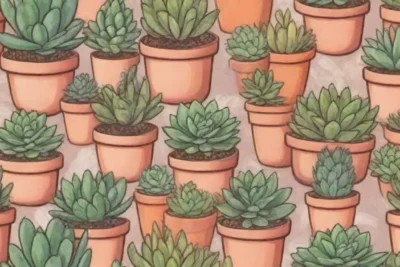
Watering Succulents: The Dos and Don'ts for Healthy Plants
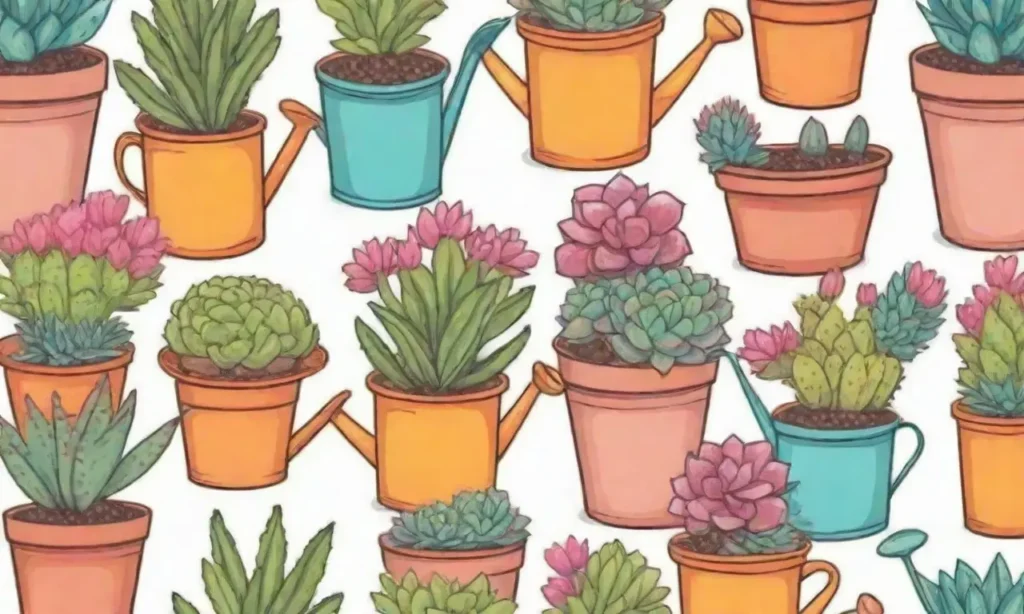
Introduction
When it comes to caring for houseplants, succulents have carved out a significant niche due to their unique aesthetics and low maintenance requirements. These plants, characterized by their thick, fleshy parts that can store water, have become increasingly popular among urban gardeners and interior decorators alike. However, despite their reputation for being hardy, succulents can succumb to neglect if not watered correctly. Understanding the proper watering techniques for these desert dwellers is vital to their health and longevity.
This article will delve into the essential dos and don'ts of watering succulents. We will explore best practices, common pitfalls, and tips to ensure your plants not only survive but thrive. Whether you're a seasoned plant parent or a newcomer to the succulent scene, mastering the art of watering is pivotal to your gardening success.
Understanding Succulents
Succulents are not just a single type of plant; they encompass a wide range of species that have adapted to conserve water in dry environments. Because of this unique characteristic, they have developed specialized structures that allow them to store water in their leaves, stems, or roots. Some well-known varieties include Aloe Vera, Echeveria, Sedum, and Haworthia. Each of these species has its own watering preferences and care requirements, making it essential for succulent enthusiasts to familiarize themselves with their specific types.
Another important factor to consider is that while many succulents thrive in arid conditions, they still need a balanced amount of moisture to flourish. This means that although succulents do not require as much water as other houseplants, they still need to be watered in accordance with the seasonal cycle. For example, during the growing season—typically spring and summer—succulents might need more frequent watering compared to the dormant months of fall and winter when growth slows down significantly.
Environmental factors also play a crucial role in determining how often to water. Variables such as temperature, humidity, light conditions, and the type of soil your succulent is planted in can significantly influence moisture retention. Understanding these factors will help you develop a more harmonious relationship with your plants and could even lead to larger and more vibrant specimens.
The Dos of Watering Succulents
Watering Deeply but Infrequently
One of the cardinal rules in caring for succulents is to water deeply but infrequently. This means that rather than providing your plants with a little water every few days, you should allow the soil to dry out completely between watering sessions. A general guideline is to water when the top inch of soil feels dry to the touch. This deep watering strategy encourages the roots to grow deeper into the soil as they search for moisture, making the plant more resilient over time.
When you do water, it’s essential to water thoroughly until you see excess water draining out from the bottom of the pot. This ensures that all the roots receive hydration, rather than just the top layers of soil. However, be cautious not to leave your plants sitting in water, as this can lead to root rot and other serious health issues.
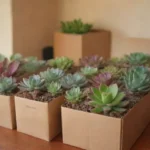 Tips for Succulent Care During Home Moves and Transitions
Tips for Succulent Care During Home Moves and TransitionsAdditionally, it’s a good idea to keep track of the seasonal changes in weather. During the hot summer months, your succulents may need to be watered more often, while during the cooler months, they may require significantly less water. Keeping a record of watering can help you establish a more precise routine.
Using Well-Draining Soil
Another crucial aspect of watering succulents lies in the type of soil used. Succulents thrive in well-draining soil, which allows excess water to escape quickly, preventing root rot. Regular potting soil tends to retain too much moisture, which is detrimental for succulent types. Instead, consider using a specialized cactus mix or create your own by combining regular soil with sand or perlite to enhance drainage.
When repotting your succulents, ensure that the new pot has adequate drainage holes at the bottom. The material of the pot can also affect moisture retention; terra cotta pots are great choices as they allow air circulation and water evaporation, keeping the soil relatively dry. Utilizing a proper soil mix in conjunction with a suitable pot can significantly elevate your chances of raising healthy and flourishing succulents.
Paying Attention to Environmental Conditions
Lastly, be aware of your succulents' environment. If your plants are kept indoors, consider factors such as light, temperature, and humidity. Little to no sunlight can lead to etiolated growth, while excessive exposure to direct sunlight can scorch the leaves. Generally, succulents prefer bright indirect light, ideally about 6 hours a day. If you notice your succulents stretching towards the light, it may be a sign they need a brighter location.
When it comes to temperature, succulents prefer warm conditions but can be susceptible to frost. Avoid watering succulents during cold spells or when they are kept in low-light conditions for extended periods. In addition, consider using a humidity monitor to keep tabs on your indoor climate. Maintaining moderate humidity levels can help regulate watering schedules and create a thriving environment for your plants.
The Don'ts of Watering Succulents
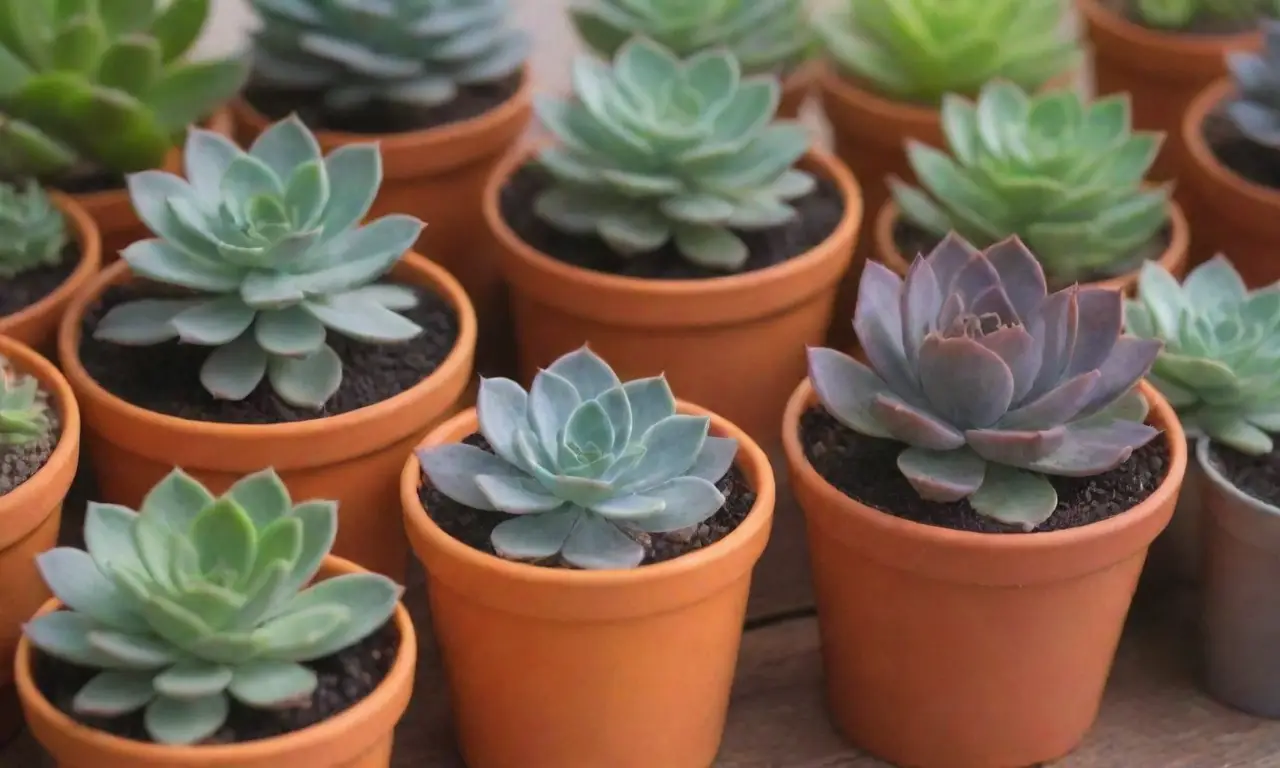
Overwatering
One of the most common mistakes that beginners make is overwatering their succulents. While these plants are designed to retain water, they can only hold onto so much. Signs of overwatering include yellowing leaves, soft and mushy stems, and root rot, which can be fatal for your plants. The key is realizing that succulents prefer drier conditions. If you suspect overwatering, you may need to let the plant dry out completely or even repot it in fresh, dry soil to promote root recovery.
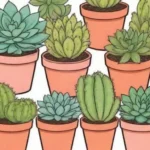 Crafting a Succulent Garden: Design, Care, and Maintenance
Crafting a Succulent Garden: Design, Care, and MaintenanceA good practice is to always assess the soil moisture before watering. Stick your finger into the soil up to the second knuckle; if it feels moist, it’s better to wait before adding more water. By forming this habit, you'll create a healthier environment for your succulents that reflect their natural habitat.
Ignoring Pot Size
Choosing the right pot size for your succulents is vital when it comes to watering. A pot that is too large for the root system can retain excess moisture in the soil, leading to overwatering. Succulents prefer pots that accommodate their root ball comfortably but do not leave a vast amount of soil that can retain moisture. When repotting, pick a pot that is 1-2 inches larger in diameter than the previous one to enable roots to grow without unnecessary stress from retained water.
Be especially cautious with teeny tiny pots; while they may look cute, even slightly overwatering can spell doom for your plants. A common rule of thumb is to select a pot that complements the plant’s size—ensuring it won’t have an adverse effect on moisture retention.
Neglecting the Seasonal Changes
Failing to adjust your watering schedule based on seasonal changes is another major oversight. Many succulent owners water their plants on a strict weekly or monthly schedule without considering the plants’ natural cycles. During the active growing season of spring and summer, your succulents may require more regular watering, while in the dormant months of fall and winter, you should significantly cut back.
This adjustment not only impacts the plant’s water intake but also helps in promoting new growth as your succulents prepare for a season of flourishing. Keeping an eye on your plants and checking the soil moisture regularly can help you intuitively gauge when to water, reducing the risk of both under- and overwatering.
Conclusion
Watering succulents might seem straightforward, but it encompasses a delicate balance of various factors that can significantly influence their health. By following the essential dos and don'ts covered in this article, you can cultivate a thriving indoor garden populated by vibrant and healthy succulents. It's important to emphasize that every succulent species may have its own specific needs, so being attentive and responsive to your plants is crucial.
Mastering the art of watering succulents requires observation, patience, and a willingness to adapt your care routine based on the particular circumstances of your environment. These plants, when cared for correctly, not only beautify the living space but also instill a sense of accomplishment and joy in their caretakers. Remember that a healthy plant is not just a result of proper watering, but also of nurturing a broader understanding of its environmental needs.
 Creating a Variable Microclimate for Your Succulent Collection
Creating a Variable Microclimate for Your Succulent CollectionUltimately, every gardener has their unique journey. Whether you've just brought home your first succulent or are looking to enhance your existing collection, implementing a strategic approach to watering is a vital component of your gardening toolkit. With time, experience, and a tone of love and care, your succulents will thrive and become a source of joy in your home for years to come.
If you want to read more articles similar to Watering Succulents: The Dos and Don'ts for Healthy Plants, you can visit the Succulent Care category.

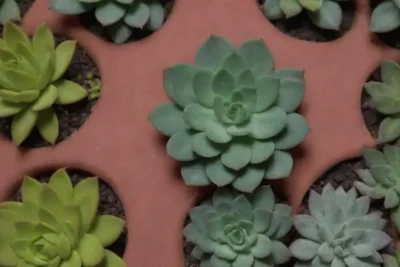
You Must Read